Wild Atlantic Way
The Wild Atlantic Way, Ireland
How long is the Wild Atlantic Way?
Snaking its way for an incredible 2,500 kilometers — that’s more than 1,500 miles! — along the rugged coast of western Ireland, the Wild Atlantic Way is undoubtedly one of the world’s greatest roads.
You can get a sense of the Wild Atlantic Way in only a couple of days. If you don’t have a lot of time, consider driving sections in Donegal, Dingle, Connemara or Kerry.
In case you’d like to drive the entire route in a campervan or motorhome rental, however, which is really what you should try to do, you’ll need a lot more time, you should count on ten days to two weeks. This will give you plenty of time to immerse yourself in the landscapes, scenery, culture and history of Ireland’s stunning west coast.
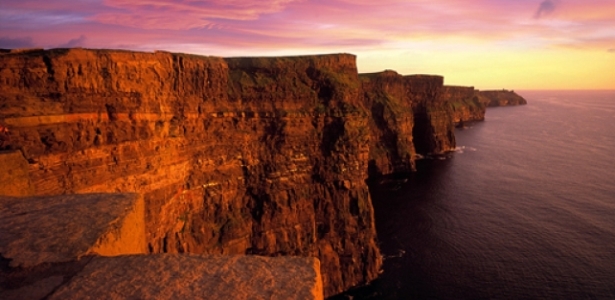
Officially opened in 2014, this sensational drive takes you from Malin Head, the northernmost tip on the island, all the way to Old Head of Kinsale in the south of the country. When you drive its entire length, you’ll pass through no fewer than nine counties in three provinces. On the way, there are more than 150 so-called discovery points. These points are basically the main attractions on the Wild Atlantic Way and should be your focal points.
What Not to Miss When Driving the Wild Atlantic Way, Ireland
Major Highlights on the Wild Atlantic Way
With over a thousand different attractions, including those 150+ discovery points, picking and choosing where to stop, what to see and do can be overwhelming. How do you decide which places are the best? Well, you don’t have to! There are fifteen Signature Discovery Points on the Wild Atlantic Way, and places that should serve as the cornerstones of your itinerary.
Let’s look at all of them separately. Below, you’ll find them all, listed from north to south. It’s a phenomenal drive, a brand-new addition to the already numerous highlights in Ireland. In fact, this road immediately became one of the top attractions on the Irish isle. It’s easy to see why.
Malin Head, County Donegal
The northernmost tip of the island, Malin Head breathes history and boasts adventure. At low tide, you can see the wreck of the “Twilight”, a ship that sank in 1889. Other historic spots include a radio station dating from 1910 and The Tower, which is an old signal station that stands at the very tip of the peninsula, known as Banba’s Crown. This is a superb place to kick off the Wild Atlantic Way. Before hopping in your rental car or motorhome, make sure to go for a scenic walk along the cliffs to Hell’s Hole or on Ballyhillion Beach, renowned for its water-polished stones.
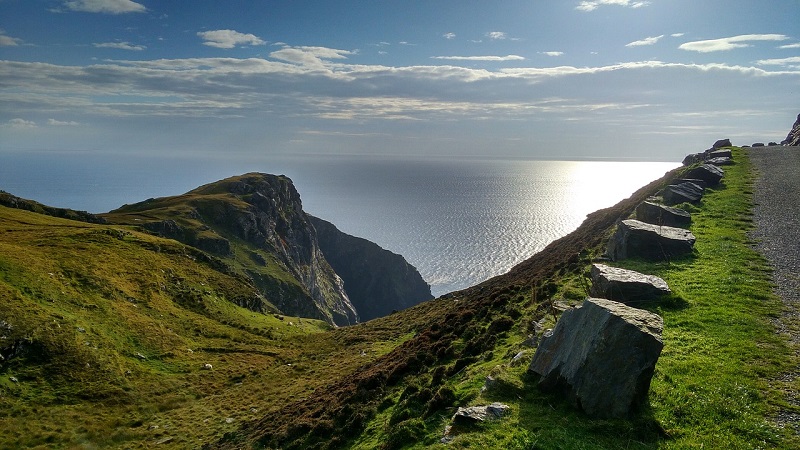
Fanad Head, County Donegal
Set between Mulroy Bay and Lough Swilly in northern Donegal, Fanad Head is home to one of the most beautiful lighthouses in the world. Perched atop a rocky promontory, the bright white Fanad Lighthouse provides a stark contrast to the grey rocks, green grass and blue waters that surround it. It’s said that 30% of the locals still speak Gaelic here. Other attractions on this major highlight on the Wild Atlantic Way are Ballymastocker Bay and the downright spectacular coastline. This is one of the most rugged coasts you’ll see on your drive. Make sure to have your camera with you!
Sliabh Liag (Slieve League), County Donegal
Sliabh Liag is the locaton of some of the tallest coastal cliffs in Europe. While this place is less famous than the Cliffs of Moher (see below), its cliffs are nearly three times as high. Rising an imposing 600 meters (more than 1,970 feet) out of the Atlantic Ocean, the views are, unsurprisingly, breathtaking. Leave your car or motorhome at the parking lot and walk the trail to the cliffs for some inspiring coastal vistas.
Mullaghmore Head, County Sligo
Mullaghmore, from the Irish words for “great summit”, is a tiny fishing community that doubles as a popular holiday destination. Its endless sand beaches, wonderful ocean views and striking mountain backdrop makes it a favored destination among outdoor enthusiasts. There’s great fishing, hiking and swimming, but the main sport practiced here is surfing. In fact, Mullaghmore Head is one of the world’s prime big wave surfing locations. This is where you’ll find some of the best waves in Europe.
Downpatrick Head, County Mayo
About five kilometers (three miles) north of the town of Ballycastle lies Downpatrick Head, yet another gorgeous rocky peninsula offering great views. Rising steeply above the waves below, this headland overlooks the Staggs of Broadhaven, a collection of small islands, as well as the Dun Briste rock formation, home to nesting sea birds. At Downpatrick Head, you can also see the ruins of an ancient church, stone cross and holy well, all of which are part of a church that was founded by none other than St. Patrick himself.
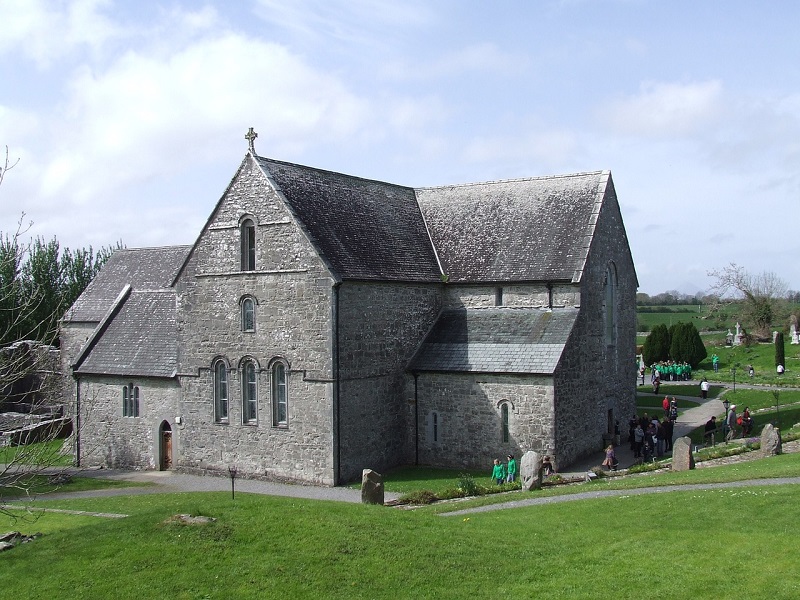
Keem Bay, County Mayo
Keem Bay is home to one of Ireland’s most beautiful beaches. Sheltered by towering cliffs, this popular Blue Flag beach has life guards in the high season and features a Blueway snorkel trail. A number of local companies offer snorkeling tours, lessons and equipment rentals. Situated on Achill, the largest island in Ireland, you can reach this island via a bridge from the mainland.
Killary Harbour, Connemara
One of the star attractions in the rugged region of Connemara is Killary Harbour. Home to some of the most dramatic landscapes in all of Ireland, this narrow bay is flanked by the highest mountain in Connacht to the north and offers views of the Twelve Bens and Maumturk Mountains to the south. There are two small villages in the bay—Leenane and Rosroe. Make sure to spend some time exploring this mesmerizingly beautiful place. Rent some bicycles or go for a coastal hike. And don’t forget to sample some fresh seafood!
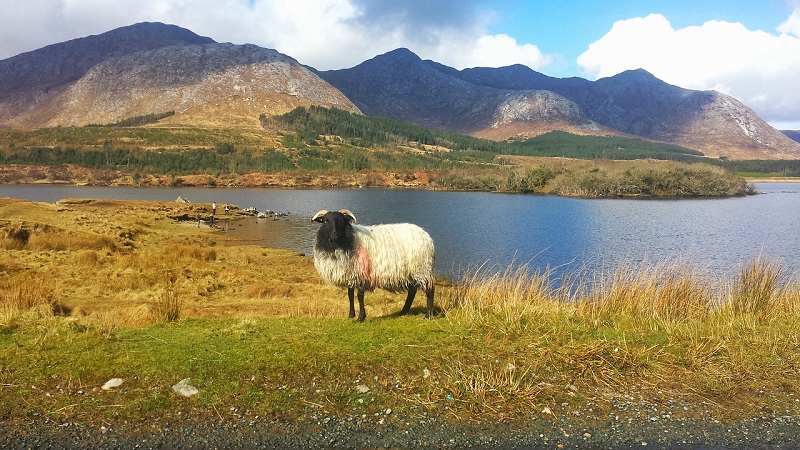
Derrigimlagh Bog, Connemara
Another stunning spot in Connemara, Derrigimlagh Bog lies near Clifden, the main hub in the region. Consider leaving your motorhome or rental car at a parking lot and renting a bike. Cycling is one of the absolute best way to explore and experience the wonderfully wild landscapes of Connemara. This blanket bog consists of peat and tiny lakes and pools, which are particularly photogenic around sunset, but is most famous for its two historical sites. Derrigimlagh Bog is home to the site of the very first permanent transatlantic radio station in the world, dating from 1907. A stone’s throw from this significant site, you’ll find an airplane wing-shaped memorial marking the place where John Alcock and Arthur Whitten Brown crash-landed after the first non-stop transatlantic flight ever.
Cliffs of Moher, County Clare
The famous Cliffs of Moher are one of the most visited places in Ireland. They extend for eight kilometers (five miles) along the coast of County Clare, reaching heights of more than 200 meters (650 feet). It’s one of the top attractions on the Wild Atlantic Way. Start your visit at the eco-friendly, award-winning visitor center, which lies almost entirely embedded into a hillside. Walk the pathways along the cliffs for epic views, and climb O’Brien’s Tower. If your timing’s right, you may also be able to spot puffins, guillemots and razorbills nesting on the cliffs.
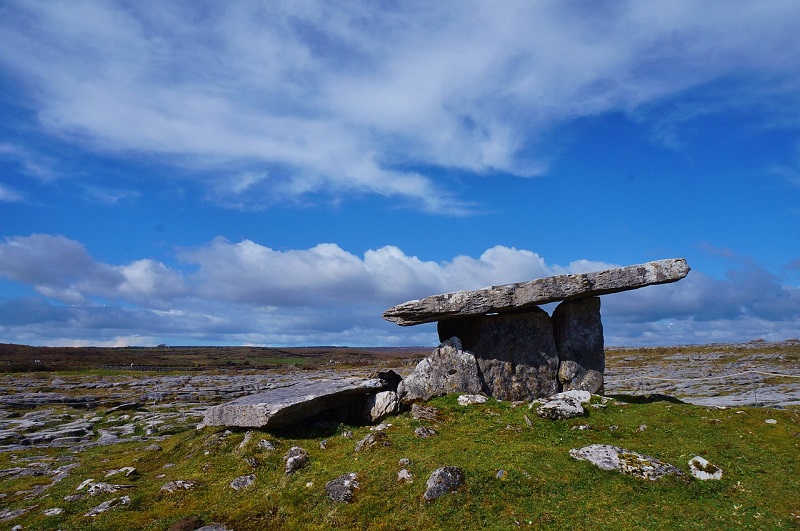
Loop Head, County Clare
Loop Head is the western tip of County Clare, a place where powerful surf pounds against the cliffs. Drive the Loop Head Drive to enjoy the peninsula’s best views, which include the pretty lighthouse, thousands of colorful wildflowers and colonies of nesting sea birds. If you’re lucky, you might even spots some of the more than 150 bottlenose dolphins that call the Shannon Estuary home.
Ionad An Bhlascaoid Mhoir (Blaskets View), County Kerry
Off the coast of the extraordinarily beautiful Dingle peninsula lie the Blaskets Islands, a collection of small islands steeped in history, mysticism and folklore. The traditional inhabitants of these islands were known as great storytellers. Unfortunately, the last people left the islands in 1953. At the Blasket Centre, you can now learn about the fascinating traditions and stories of the Blasket Islanders. If you’re in an adventurous mood, you can also take a boat trip to the islands for a closer look.
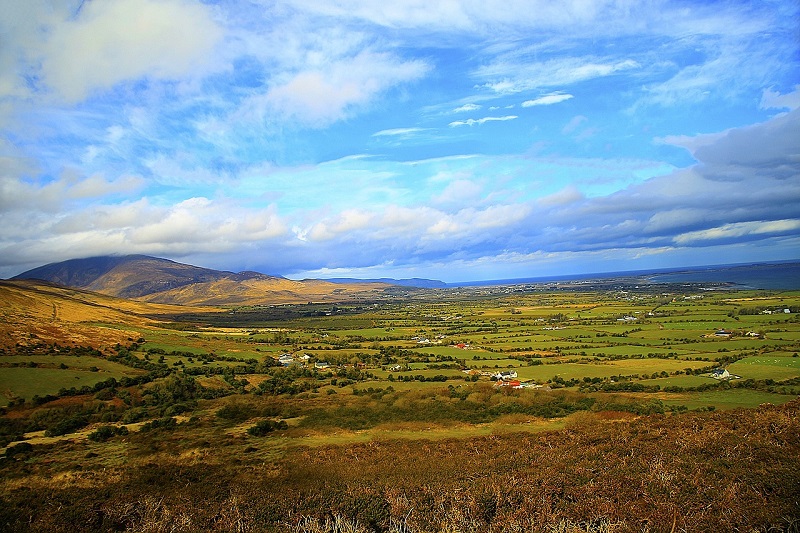
Skellig Michael in the Skellig Islands, County Kerry
One of only a few UNESCO World Heritage Sites in Ireland, Skellig Michael, one of the two Skellig Islands, is one of the most important historical sites in the country. This towering rocky island rises up steeply from the wild Atlantic waters and is the location of a superbly well-preserved monastery dating back to the earliest days of Christianity in Ireland. Highlights include stone beehive-shaped huts built by monks as well as cemeteries, holy crosses and a church. Additionally, Skellig Michael is a hotspot for birders, being home to more than 25,000 pairs of gannets. You can either visit the island on a boat excursion or learn about it at the Skellig Experience Centre on the mainland.
Dursey Island, County Cork
This is another beautiful island off of Ireland’s stunning west coast. A narrow sound notorious for its strong currents separates the island, the westernmost of the inhabited islands in Cork, from the mainland. The fun thing about this particular island is that you can reach it via the only cable car in Ireland. Running 250 meters (820 feet) above the ocean, this awesome cable car transports six people at a time. The journey takes about fifteen minutes. On the island, you can hike, watch for wildlife, visit the centuries-old Signal Tower and see the ruins of an ancient cathedral.
Mizen Head, County Cork
As the most southwestern point in Ireland, Mizen Head boasts fantastic coastal views. It’s one of the extreme points on the island of Ireland, situated at the very tip of the Kilmore Peninsula. A major tourist attraction, this is where you can enjoy of different activities, from visiting the historic signal station that was the home of the first signal radio beacon in Ireland to going for scenic coastal walks and wildlife watching—sightings of whales, seals and dolphins are common.

Old Head of Kinsale, County Cork
The southern end of the Wild Atlantic Way, Old Head of Kinsale ends your epic drive in a proper way. Jutting out three kilometers (two miles) into the Atlantic Ocean, it’s famous for its 17th-century lighthouse, its 18-hole golf course and as the nearest point of land to where the RMS Lusitania sank after being struck by a German torpedo in 1915. This beautiful peninsula is best explored aboard a boat, although the views from the walking trails are stunning as well.